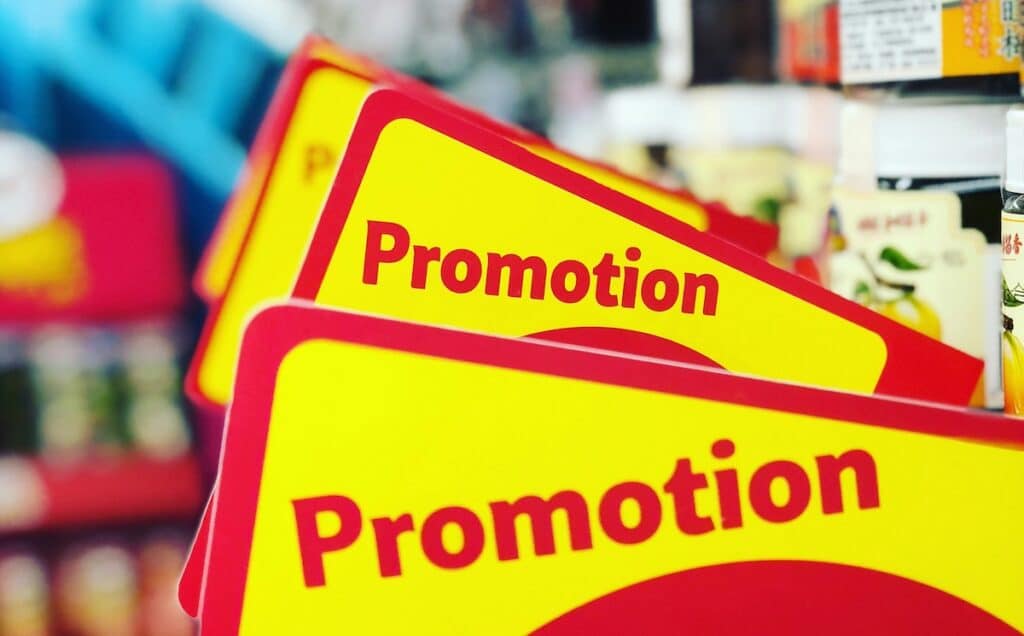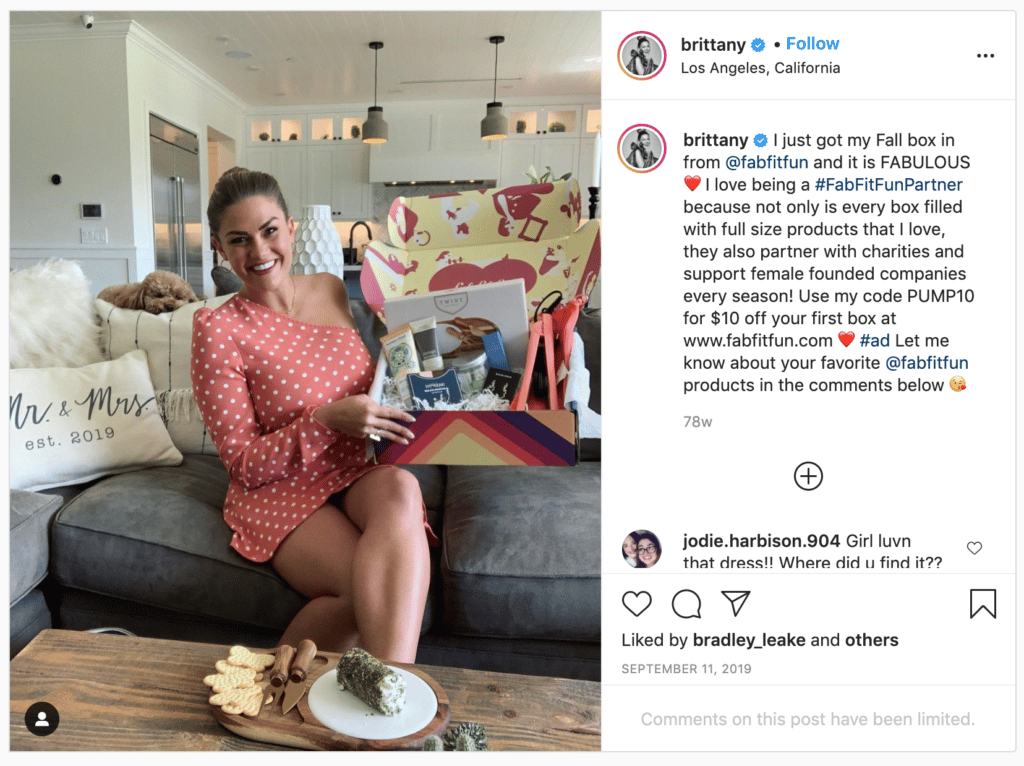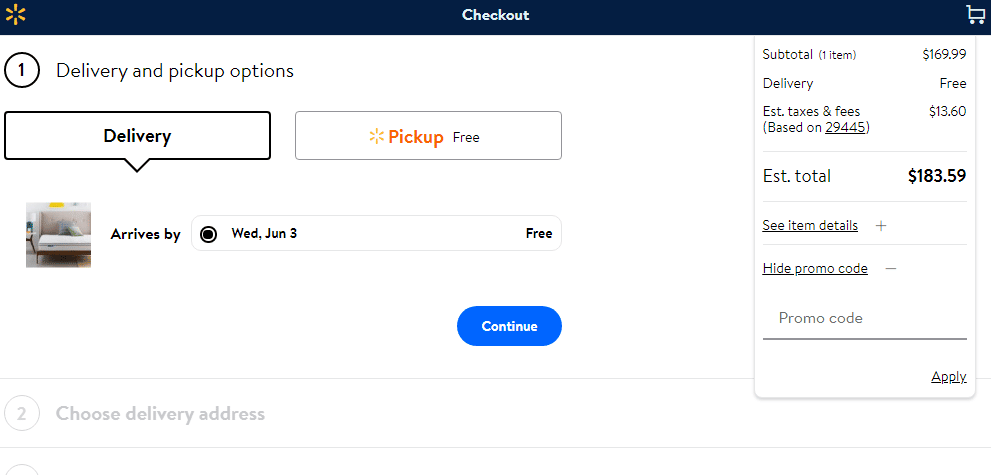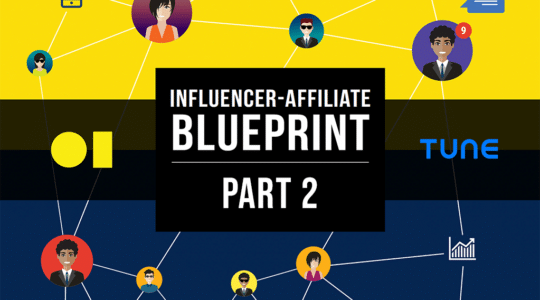
Influencer marketing has been increasing in popularity for years, as more brands discover influencers to be some of their most effective marketing partners. But influencers can also be one of the most difficult partners to measure, since they work across multiple channels and platforms. Luckily for performance marketers, there’s a simple solution: clickless tracking via promo codes.
In this article, we’ll explain how clickless tracking works, where promo codes fit in, and why you should start using promo codes to measure your influencer campaigns.
What Is Clickless Tracking?
Clickless tracking is a way to attribute conversions without requiring the customer to click on a tracking link.
One of the most common examples of clickless tracking is the promo code. Promo codes, which are also known as vanity codes, discount codes, and referral codes, are perfect for measuring campaigns where tracking links are ineffective or impossible to use.
For example, let’s say you want to promote your subscription meal delivery service on a podcast about cooking. Listeners who are interested in your service can’t click on an affiliate tracking link. Instead, the podcast host reads your ad, directs users to your website or app, and tells them to enter a special promo code at checkout. Whenever a listener uses that promo code to sign up for your service, the podcast partner gets credit for the conversion.

With clickless tracking, the promo code acts like an affiliate tracking link, letting the advertiser know exactly which influencer drove which conversion. And because promo codes are not restricted to a specific link on a website or app, they offer advertisers valuable access to scale.
Promo Code Basics
While popular with marketers for measuring influencer campaigns, promo codes can be used virtually anywhere that advertising exists (given you have the technology to implement them). This includes online platforms, offline media, and anything in between. That makes promo codes infinitely adaptable, and allows them to open up additional marketing channels for any advertiser or affiliate program.
Examples of channels where promo codes can be used to track conversions:
- TikTok
- YouTube
- Twitch
- podcasts
- brick-and-mortar stores
- billboards
- magazines
- radio
- TV
Influencers in particular are fans of promo codes because they are platform agnostic, making them perfect for cross-channel promotion. An influencer can use the same promo code in an Instagram feed, an email blast, and a YouTube video, and easily track conversions across each of those channels, despite the difference in how their fans consume each medium and message.
To make clickless tracking work across these channels, advertisers need to have a certain level of control over their shopping cart functionality and tracking capabilities. Specifically, you need to be able to add a promo code field to your website or app checkout page. You also need to be able to pass checkout data in a conversion link (i.e., identify what code is used at checkout and send that information back to a tracking platform like TUNE). You can learn more about how the TUNE platform handles promo codes in this help article.

All this sounds great, right? However, it is important to remember that promo codes are a niche solution, not a way of life. If you are an advertiser with an affiliate program, and you have the ability to use link-based tracking, use it — as long as you’re using postback tracking, not pixel tracking. Pixel tracking is an inherently risky attribution method to use, with browsers like Safari fully blocking the use of third-party cookies for marketing purposes and others like Chrome constantly changing their stance and technology for handling them.
To future-proof your tracking, we suggest adopting server-to-server tracking methods like postback tracking as soon as possible. (Check out this help article to learn more.)
Final Thoughts
Promo codes are a great way for advertisers to diversify their partnerships beyond traditional web-based affiliate marketing. And because clickless tracking does not require cookies to work, promo codes will remain in use for the foreseeable future, even as other tracking methods become obsolete or fall out of favor.
If you’d like to learn more about how to track promo codes in a platform like TUNE, visit our Promo Codes help article. Still have questions? Email us at [email protected].
This article was originally published on PerformanceIn.com and has been updated with new data and insights.
Author
Becky is the Senior Content Marketing Manager at TUNE. Before TUNE, she handled content strategy and marketing communications at several tech startups in the Bay Area. Becky received her bachelor's degree in English from Wake Forest University. After a decade in San Francisco and Seattle, she has returned home to Charleston, SC, where you can find her strolling through Hampton Park with her pup and enjoying the simple things in life.



